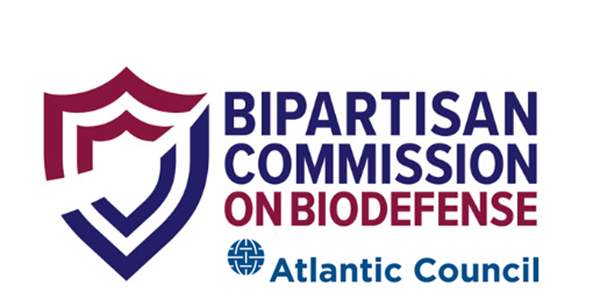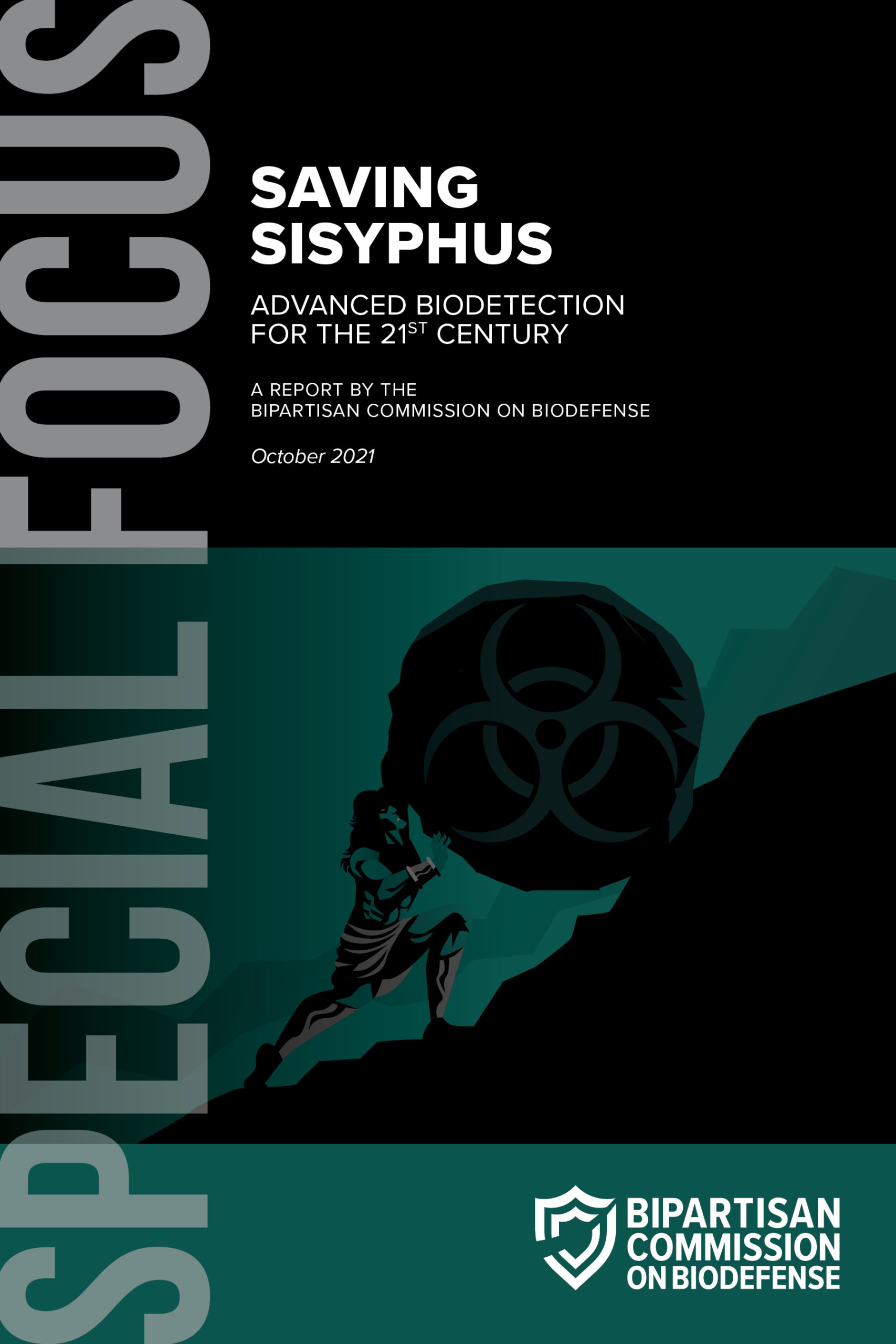- SCENARIO: TARGETED, AEROSOLIZED RELEASES OF ANTHRAX IN BIOWATCH LOCATIONS
- EXECUTIVE SUMMARY
- BIOWATCH FITS AND STARTS
- TIMELINE
- ARGUMENTS REMAINING TO KEEP BIOWATCH IN OPERATION
- TECHNOLOGY PITFALLS AND PROMISES
- SETTLING FOR LESS
- RAISING THE BAR
- REPLACING AND ADVANCING BIOWATCH
- IMMEDIATE ACTINO PLAN FOR BIODETECTION
- RESEARCH AND DEVELOPMENT PLAN FOR NATIONAL BIODETECTION
- CONCLUSION
- ACRONYMS
- ENDNOTES
Commissioners
Joseph I. Lieberman, Chair
Thomas J. Ridge, Chair
Donna E. Shalala
Thomas A. Daschle
James C. Greenwood
Kenneth L. Wainstein
Ex Officio Members
Yonah Alexander, PhD
William B. Karesh, DVM
Rachel Levinson, MA
I. Lewis Libby, JD
Gerald W. Parker, DVM, PhD
George Poste, DVM, PhD, DSc
Tevi Troy, PhD
Commission Staff
Asha M. George, DrPH, Executive Director
Robert H. Bradley, Policy Associate
John T. O’Brien, MS, Research Associate
Patricia de la Sota, Operations Manager
Acknowledgments
The Bipartisan Commission on Biodefense appreciates the efforts of the many officials who have endeavored since 2003 to emplace and operate a functional biodetection system for the Nation and thanks them for their willingness to share their original vision and current assessment. The Commission recognizes the enormous burden state and local officials bear in hosting federal biodetection systems, and thanks them for sharing their perspectives on the cost of state and local response and how that cost balances against federal investments. We thank the companies, academic institutions, national laboratories, and federal science and technology agencies that provided the Commission with their viewpoints as they continue to work diligently to develop technology that can detect evolving biological threats. We greatly appreciate the evaluation and assessment of current biodetection needs, requirements, and performance by Dr. George Poste, Dr. William Karesh, Ms. Rachel Levinson, and our other ex officio members. The Commission expresses its gratitude for the financial support our donors provide and thanks Hudson Institute for serving as our fiscal sponsor.
Executive Summary
The George W. Bush Administration established a national biodetection program in 2003 at DHS, dubbing it BioWatch. DHS spends nearly $80 million a year on this program but has never been able to consistently demonstrate its operational capability in the field. The system detects a small number of organisms with questionable accuracy and produces results up to 36 hours after a pathogen may have been present near a detector, long after responders would need to act. It is far more likely that sick people seeking treatment at hospitals will make public health and safety officials aware of a biological event well before BioWatch results are available.
The BioWatch mission is unclear and return on investment is minimal. BioWatch technology was inadequate from the outset and has not improved over the past two decades. Federal and local responses to erroneous results indicating the presence of biological agents (i.e., false positives) are also expensive and further compound the problem. It is as unreasonable to force localities hosting BioWatch systems to respond continuously to numerous false positives as it is to force DHS to sustain a deeply flawed program.
Copyright © 2021 by the Bipartisan Commission on Biodefense. All rights reserved.
www.biodefensecommission.org
Graphics and design by Factor3 Digital.
Base cover image courtesy of Shutterstock.com.
Suggested Citation
Bipartisan Commission on Biodefense. (2021). Saving Sisyphus: Advanced Biodetection for the 21st Century. Washington, DC: Bipartisan Commission on Biodefense.

